Next-gen processor tech gives more performance with less energy use, IBM claims.
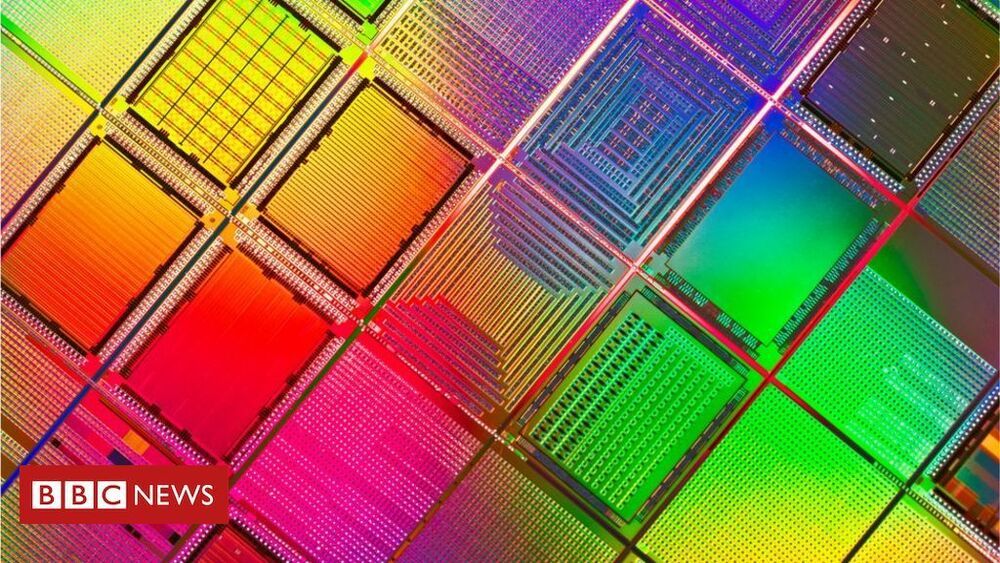

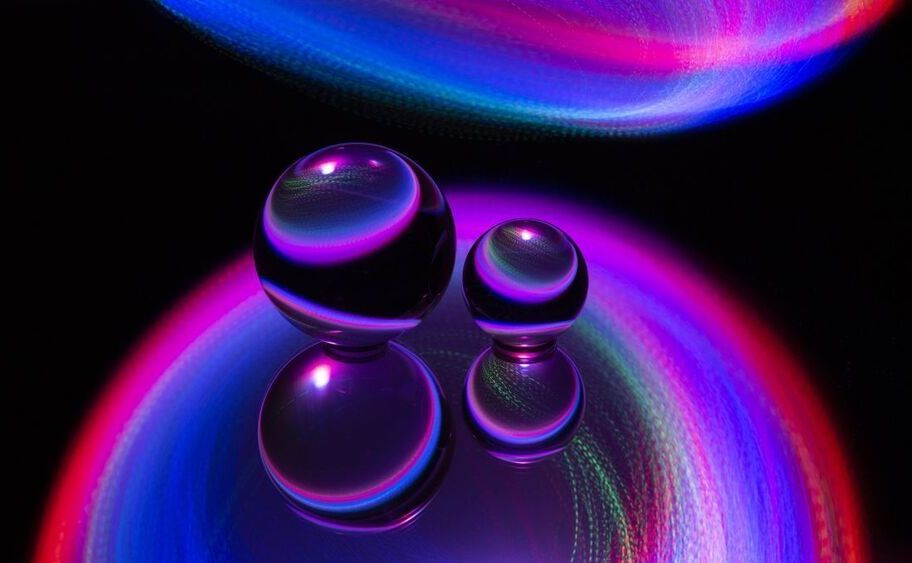
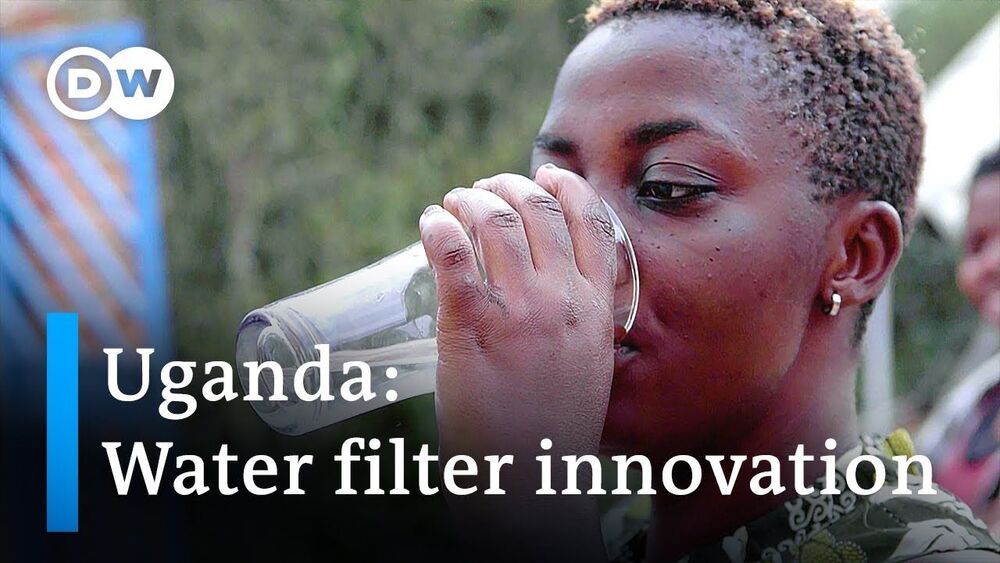
Innovation in Uganda.
Access to clean water may be a right, but it’s often hard to come by. Contaminated water kills. Henry Othieno and Saudah Birungi have developed eco-friendly filters for use in schools and homes. They turn dirty lake water into drinking water.
Subscribe: https://www.youtube.com/user/deutschewelleenglish?sub_confirmation=1
For more news go to: http://www.dw.com/en/
Follow DW on social media:
►Facebook: https://www.facebook.com/deutschewellenews/
►Twitter: https://twitter.com/dwnews.
►Instagram: https://www.instagram.com/dwnews.
Für Videos in deutscher Sprache besuchen Sie: https://www.youtube.com/dwdeutsch.
#WaterFilters #Uganda #CleanWater
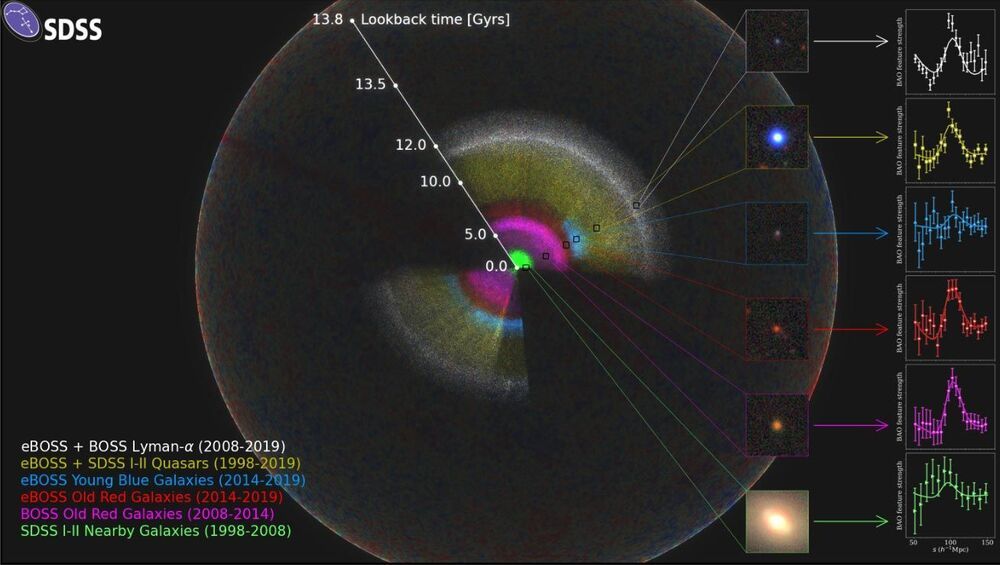
The extended Baryon Oscillation Spectroscopic Survey (eBOSS) collaboration has released its latest scientific results. These results include two studies on dark energy led by Prof. ZHAO Gongbo and Prof. WANG Yuting, respectively, from National Astronomical Observatories of the Chinese Academy of Sciences(NAOC).
The study led by Prof. Zhao was recently published in Monthly Notices of the Royal Astronomical Society.
Based on eBOSS observations, Prof. ZHAO’s team measured the history of cosmic expansion and structure growth in a huge volume of the past universe, corresponding to a distance range between 0.7 and 1.8 billion light years away from us. This volume had never been probed before.
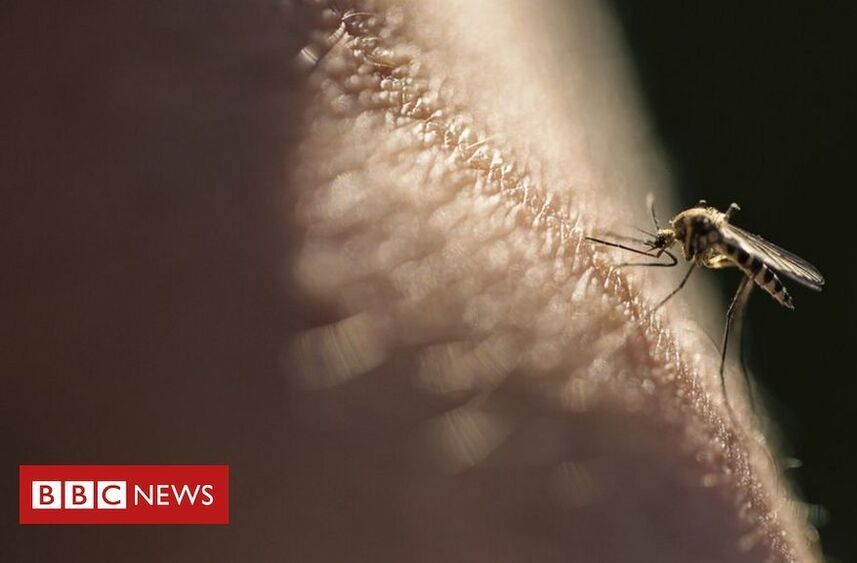

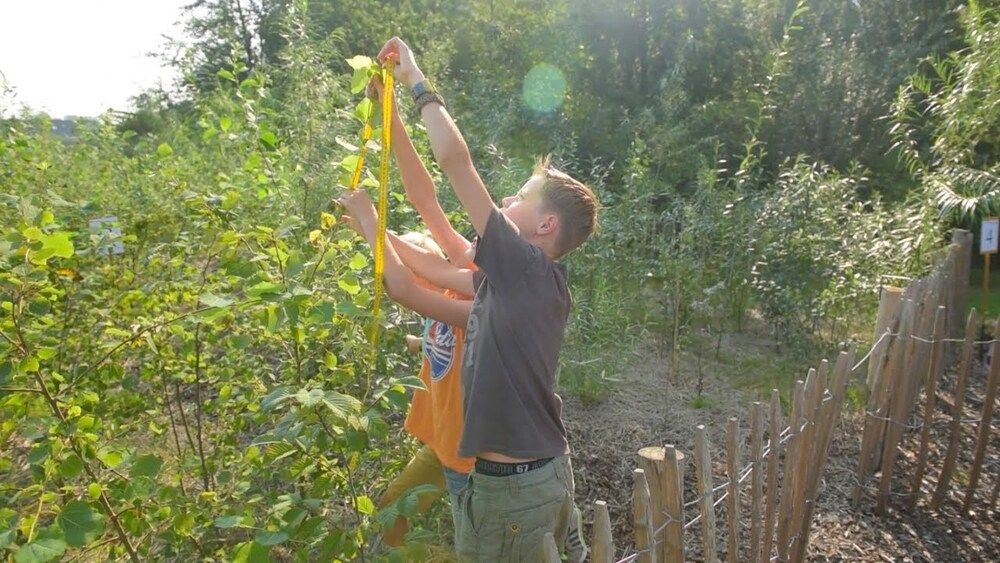
Sorry, we’re having trouble playing this video.
With an ever-increasing global population and rising urbanization, creating safe, resilient and sustainable cities is right at the top of the green agenda.
The United Nations included this mission among its 17 Sustainable Development Goals, which together form a blueprint for collectively addressing the challenges the world faces.
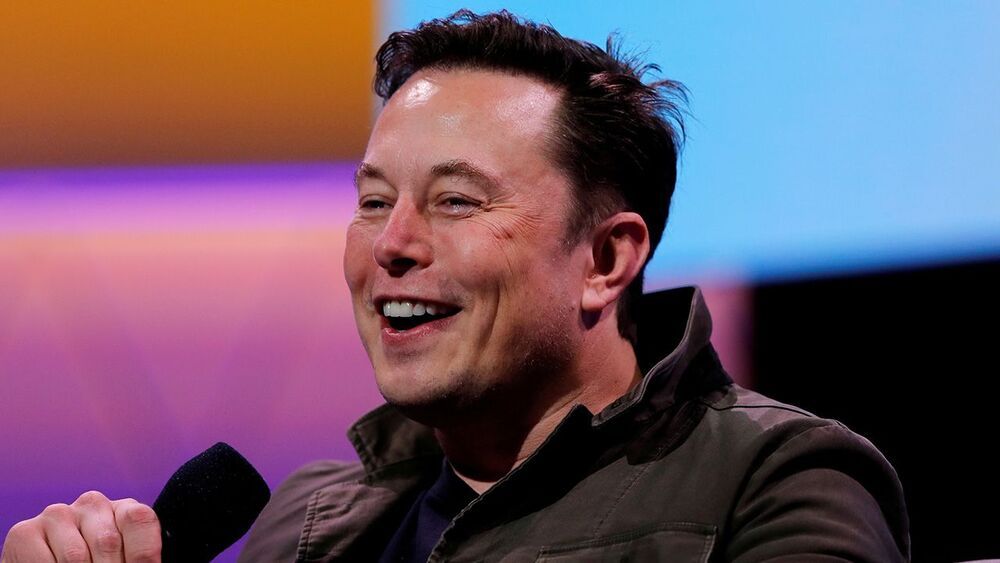
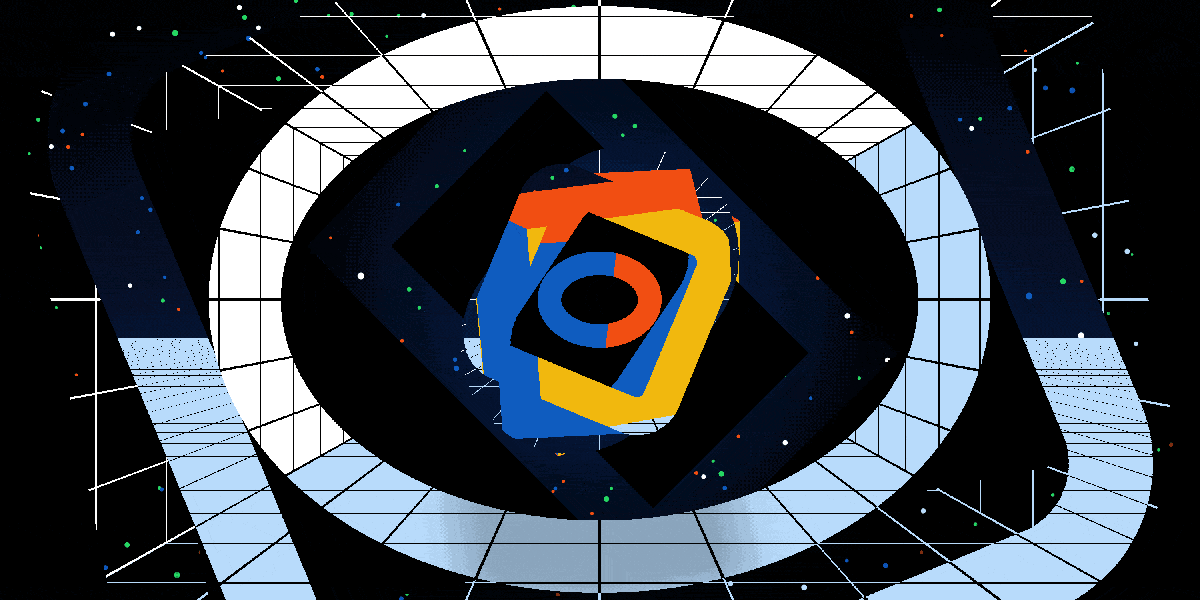
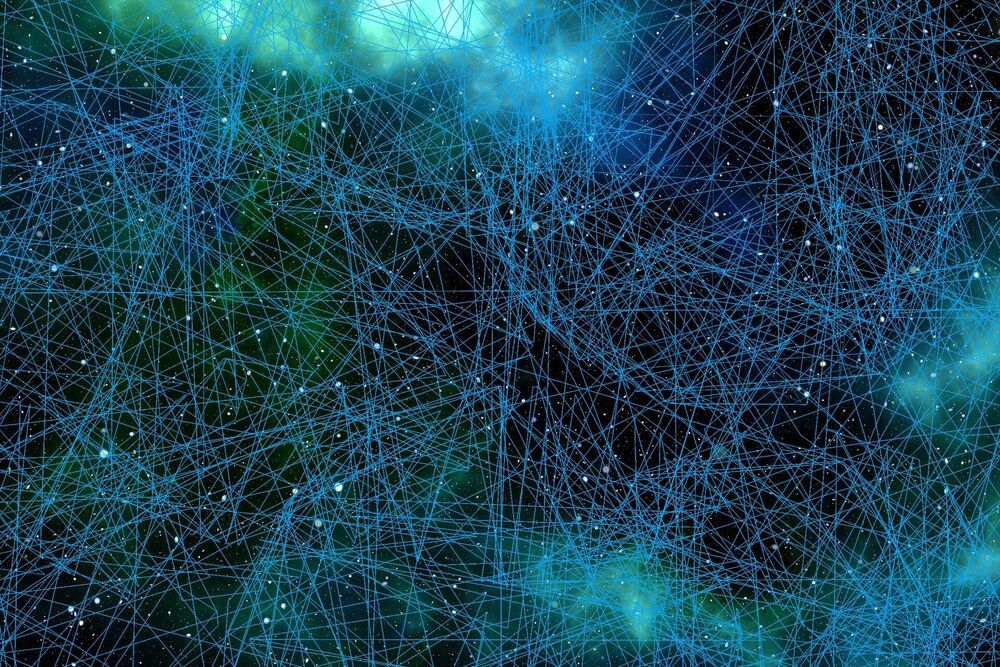
A new generation of miniature recording probes can track the same neurons inside tiny mouse brains over weeks—and even months.
The new tools build on the success of the original Neuropixels probes released in 2017 and currently used in more than 400 labs. Neuropixels 2.0 are much smaller—about a third the size of their predecessors. They’re designed to record the electrical activity from more individual neurons and have the unique ability to track this activity over extended time periods. That makes them especially useful for studying long-term phenomena like learning and memory in small animals such as mice, says Tim Harris, a senior fellow at HHMI’s Janelia Research Campus who led the project. Harris and his colleagues describe the advance in a paper published online April 15 in the journal Science.
Neuropixels 2.0’s advances come from several key innovations, Harris says. Janelia scientists and engineers developed new ways to process the data. Strategic changes to the layout of the probes helped make them better suited to certain tasks. And engineers at imec, the non-profit nanoelectronics center that manufactures the probes, used imec’s proprietary technology to design, develop, and fabricate the probe.